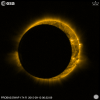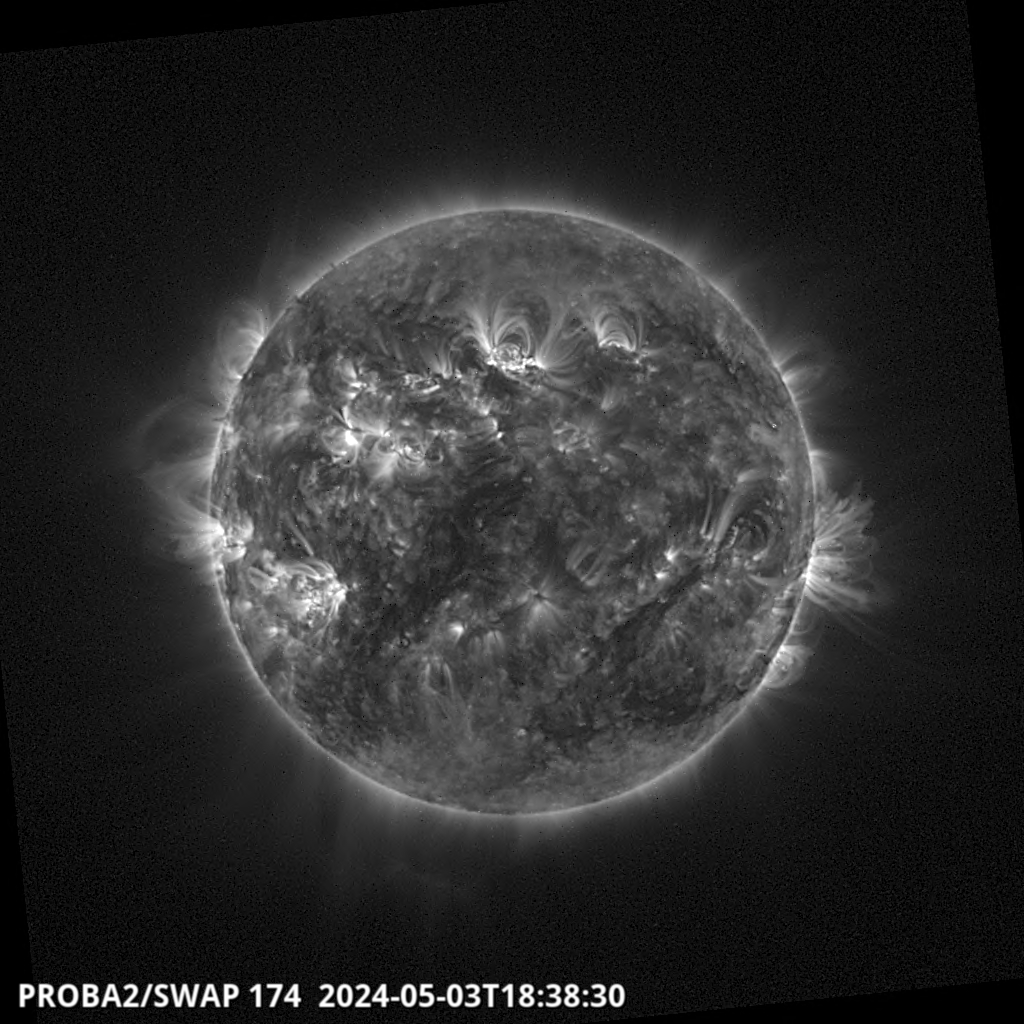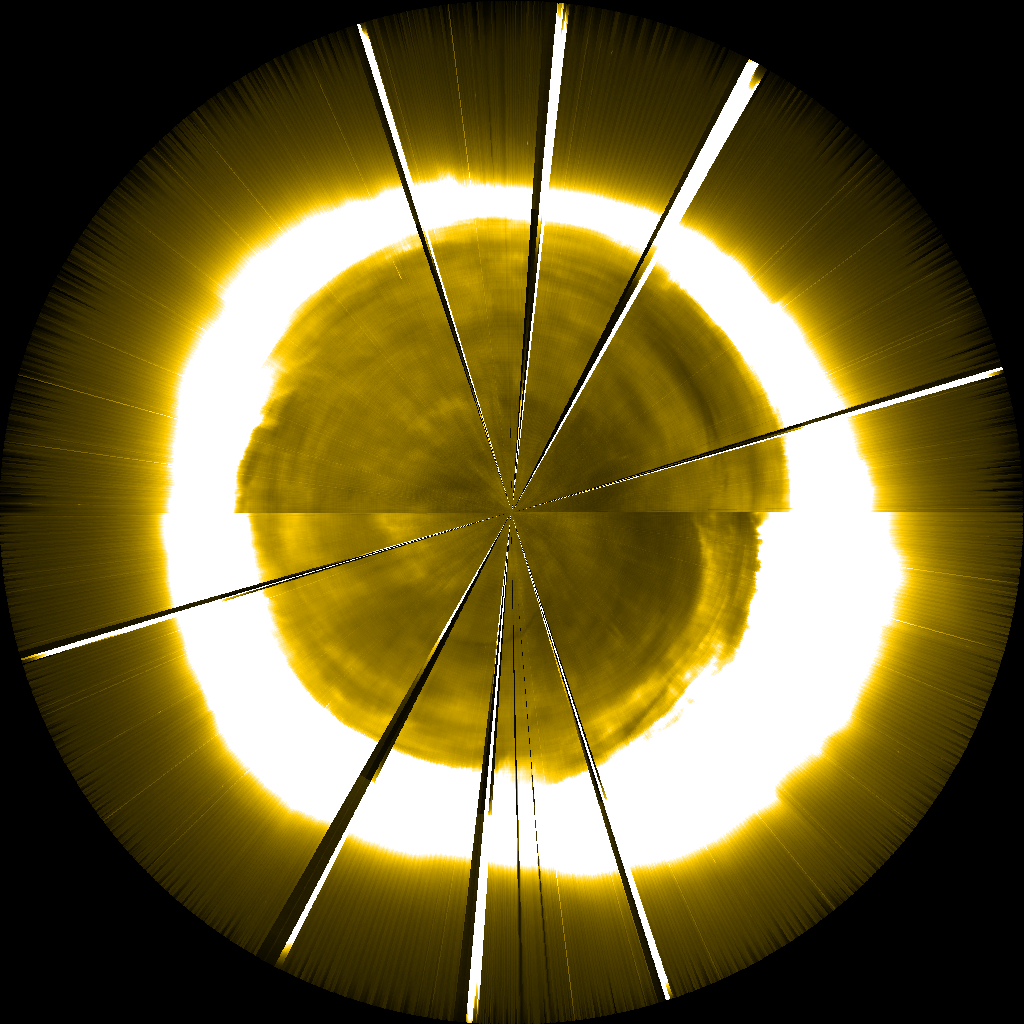Main menu
About the PROBA2 Science Center
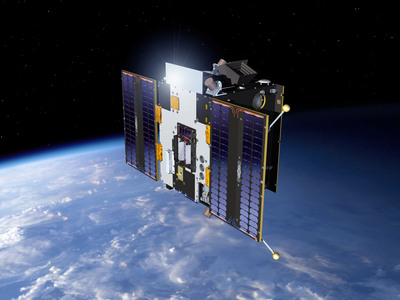
The PROBA2 Science Center, located at the Royal Observatory of Belgium in Brussels, oversees scientific operations and data processing for ESA's PROBA2 spacecraft. The P2SC is the primary archive and distribution center for data from SWAP and LYRA, as well as the primary maintainer of calibration tools, data analysis software, and additional instrument data. The P2SC is also home to the science operations center, where instrument observing plans are devised and, with the help of ESA's Spacecraft Operations Center in Redu, Belgium, loaded onto the spacecraft. Finally, the P2SC serves as the main site for coordination of the PROBA2 Science Working Team, coordinating special scientific campaigns, supporting science data users and guest investigators, and organizing PROBA2 outreach efforts.
PROBA2 is a small ESA satellite with a scientific mission to explore the active Sun and its effect on the near-earth environment and a broader mission to provide a test platform for new instrument and platform technology. The mission overview page provides additional information about PROBA2 and its on board instrumentation and advanced platform technology.
If you require special assistance, you can contact the instrument teams directly using the contact page on this new site.

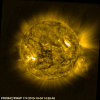 When observing the Sun for a prolonged period of time, it soon becomes evident that features on its surface, and in its outer atmosphere do not rotate at the same rate. This is because the Sun is not a solid body, but a big ball of magnetised plasma, whose rotation is variable with position and height in the solar atmosphere. One of the most striking observations is that of ‘differential’ rotation, where features on the solar surface and in the solar atmosphere are observed to rotate faster at the equator (rotation period = 25.4 days) when compared to those closer to the poles (rotation period = 36 days). This is evident in observations of sunspots, which have been used as tracers for measuring solar motion for many years.
When observing the Sun for a prolonged period of time, it soon becomes evident that features on its surface, and in its outer atmosphere do not rotate at the same rate. This is because the Sun is not a solid body, but a big ball of magnetised plasma, whose rotation is variable with position and height in the solar atmosphere. One of the most striking observations is that of ‘differential’ rotation, where features on the solar surface and in the solar atmosphere are observed to rotate faster at the equator (rotation period = 25.4 days) when compared to those closer to the poles (rotation period = 36 days). This is evident in observations of sunspots, which have been used as tracers for measuring solar motion for many years. 